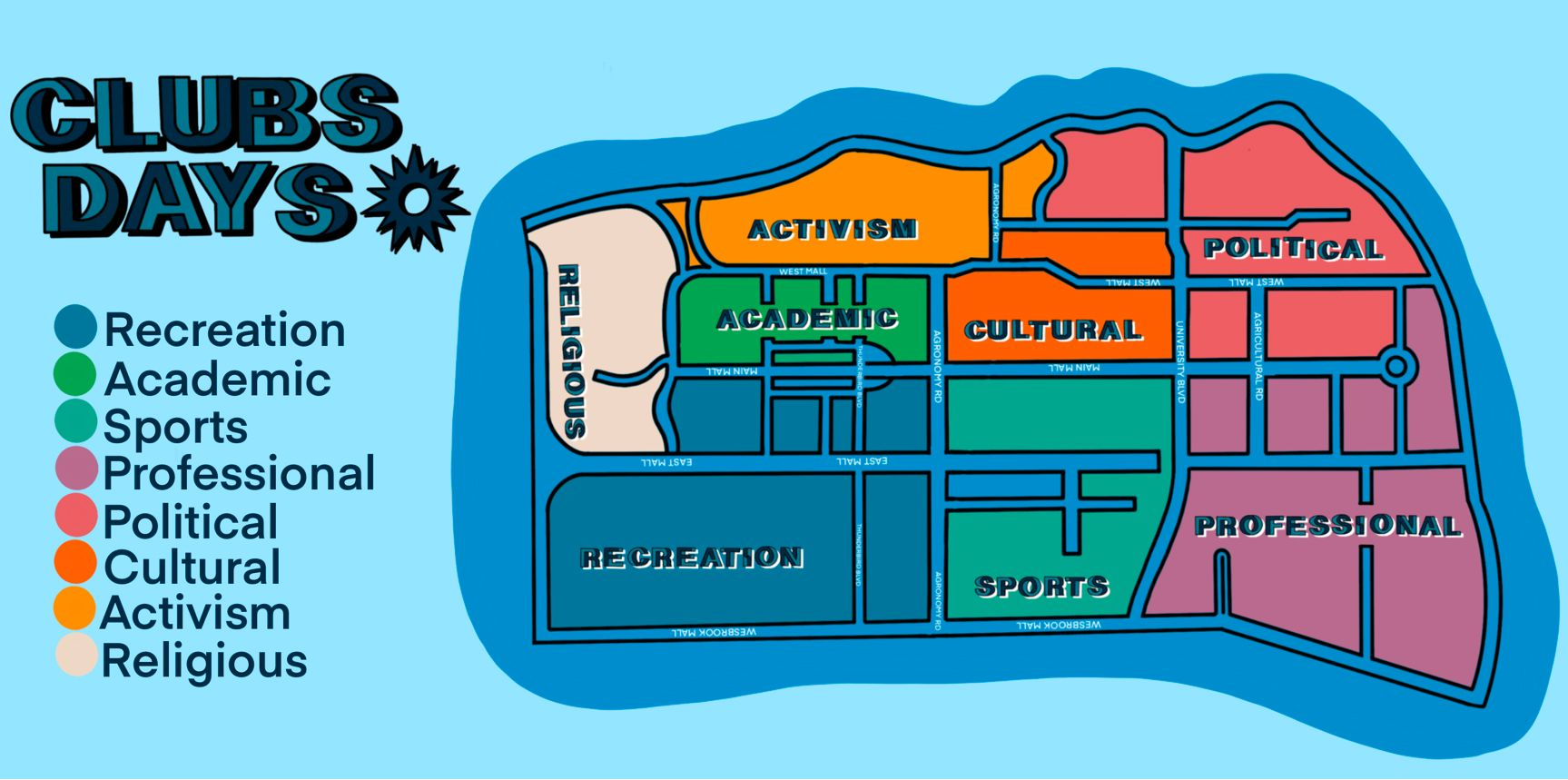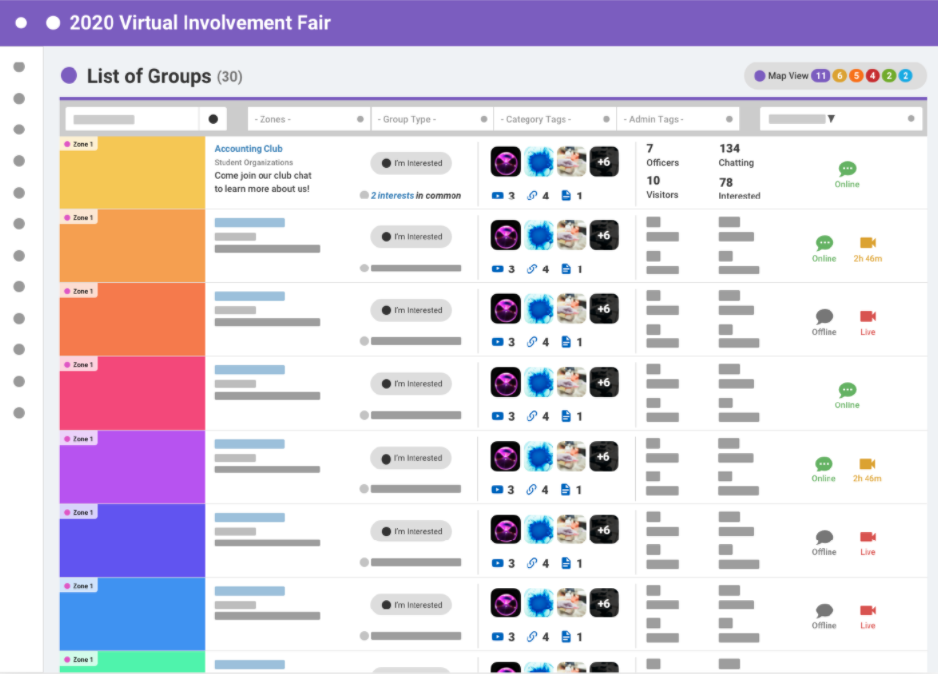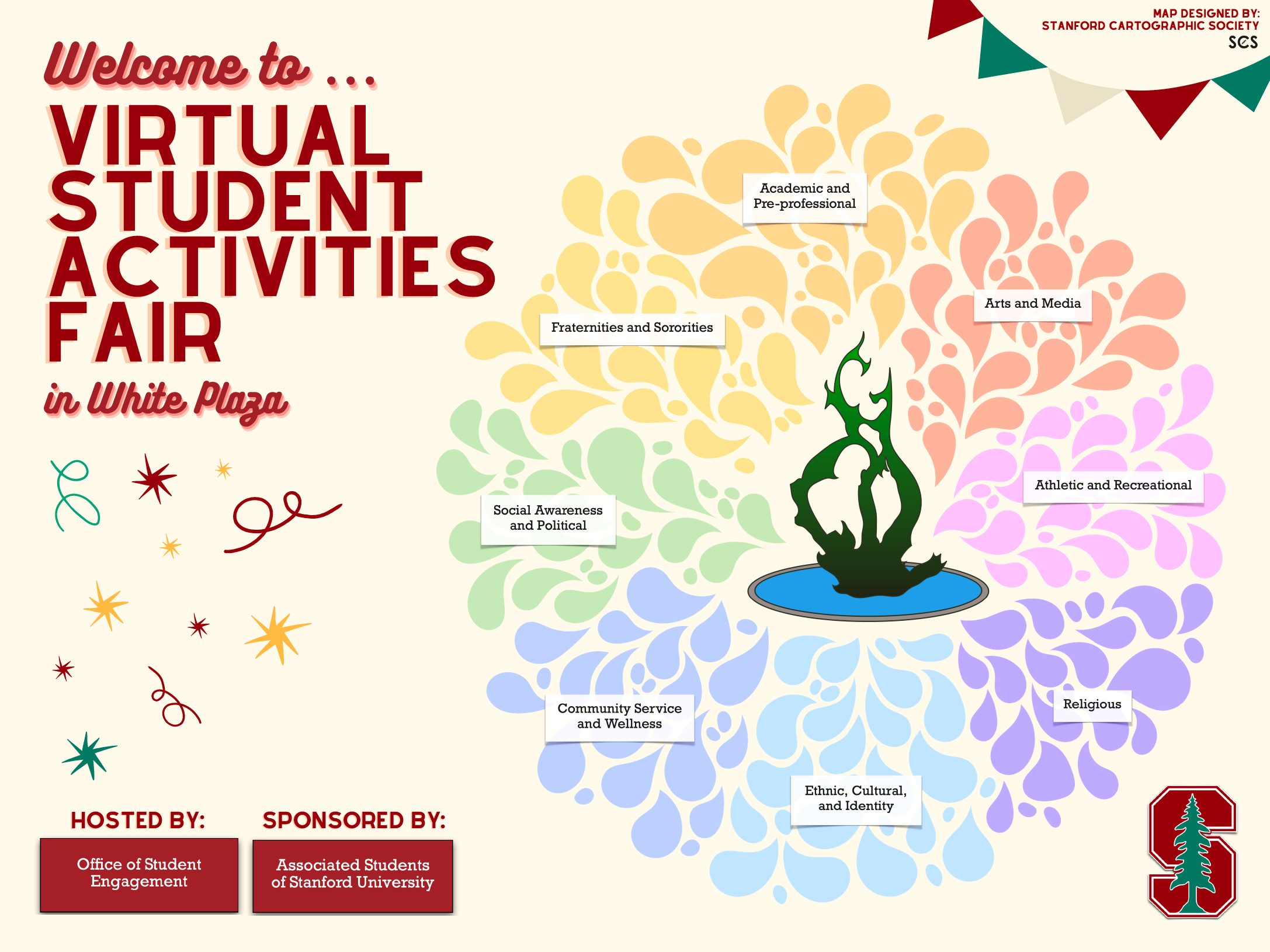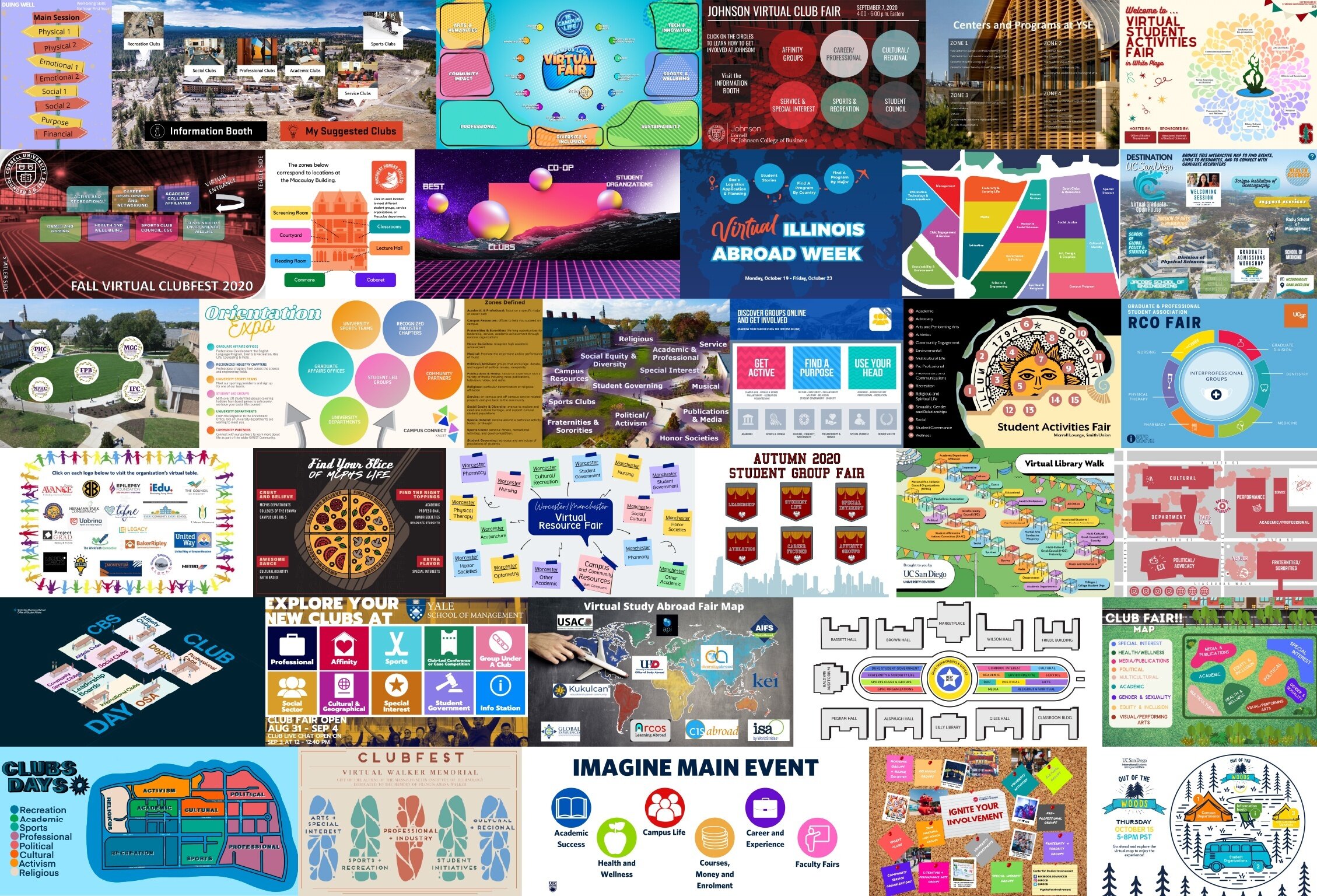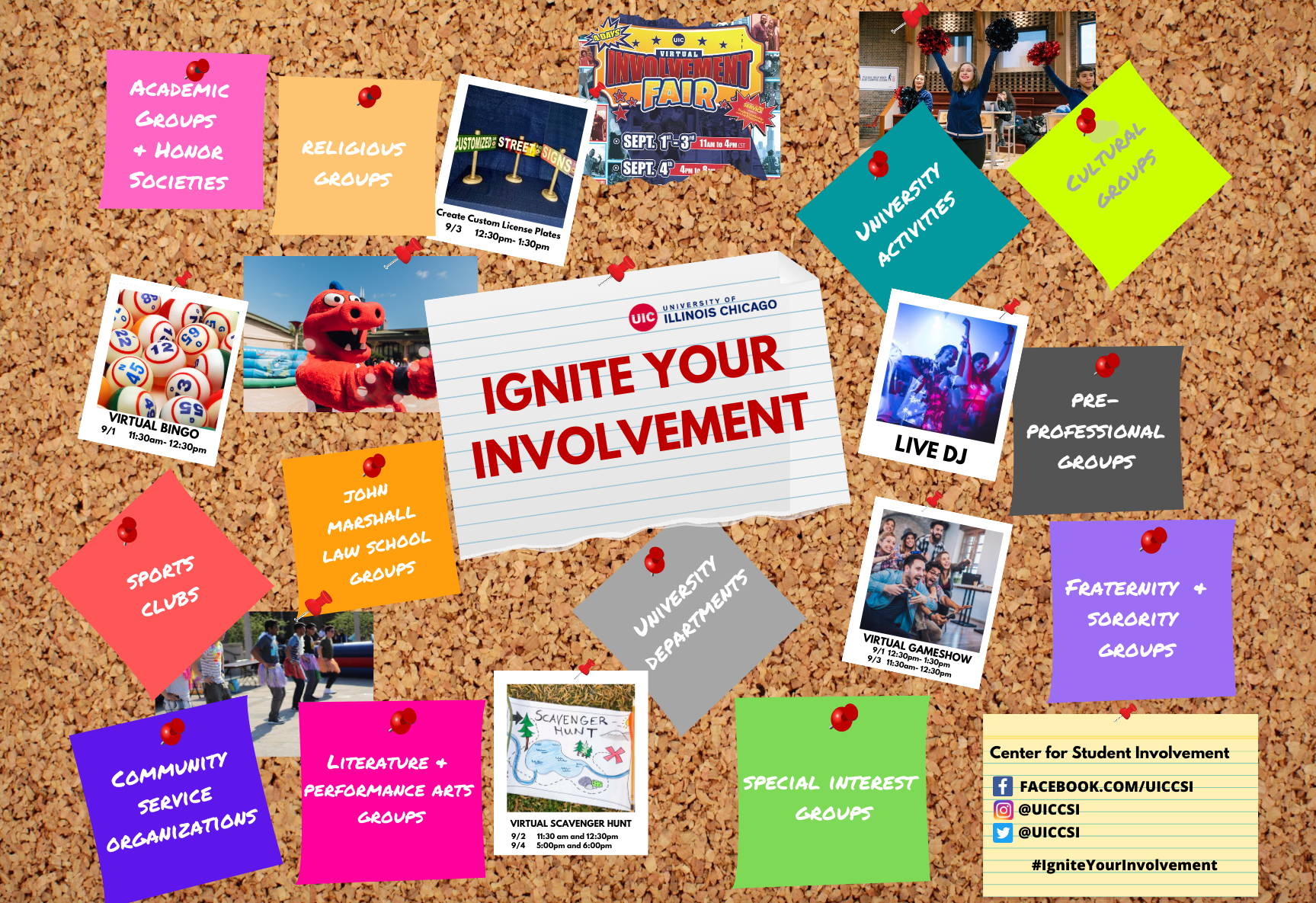10 Benefits of Virtual Student Involvement Fairs
/Whether your 2021 academic year will be fully in-person, or a hybrid of in-person and virtual, virtual involvement fairs are here to stay. Universities and colleges nationwide will continue to leverage this technology for the foreseeable future as a way to maximize student engagement.
Even with the majority of students back on campus, there are many benefits to having an online component to involvement fairs. Here are 10 benefits of implementing a virtual fair platform for your next student involvement fair.
1. Digitalize your entire fair
Leveraging a student engagement software helps organizers better manage the process. The creation of an online and customized involvement fair serves as the backbone of the event. Organizers can seamlessly market the fair across several communication channels.
Some virtual fair software enables clubs and organizations to easily build out their virtual booth, uploading written documentation, brochures, photos, videos and more. The system also facilitates the registration process and is backed by powerful tracking and reporting features.
The more successful virtual fair software includes an interactive map replicating the physical maps you typically find at in-person events. The map visually categorizes the different types of offerings that students can explore prior to and during the event.
The software provides participants with a complete directory of student groups. It enables students to browse through all clubs and organizations. Students can then take a deeper look into those groups that interest them, accessing various resources for that group online.
Having already accessed key information on the fair, students are better prepared the day of the event. They can thus be more strategic with their time and have more-informed conversations with the groups that interest them.
Another great feature is that based on their user profile, the system suggests groups and clubs to join based on stated interests or industries. This triggers engagement before the event has even started and helps foster better-quality interactions during the virtual event.
2. Let participants decide how they want to engage
Being able to increase student engagement in-person or virtually, will be key for campuses that will continue the hybrid model, enabling them to engage the entire student body. Also, while many of us have experienced zoom-fatigue and can’t wait to engage with people face-to-face, some people may not yet feel comfortable doing so.
Having the option to engage virtually, is a great way to cater to students worried about large on-campus interactions. It may also be the preferred method of communication for some (hello fellow introverts!), encouraging those who may be intimidated by an in-person-only fair to attend. Giving participants the opportunity to interact without the in-person component may be easier and more effective for certain people.
Virtual communication gives people the flexibility to choose the best way for them to interact. It does not mean that there is a lower level of engagement or participation. Feedback from virtual fairs held last year shows that many clubs and participants preferred the virtual format. Participants loved how chat or video-conferencing features facilitated smaller group or one-on-one conversations with other students, group members or officers.
3. Easy set-up, registration and tracking
Having the software to build a virtual involvement fair is extremely powerful. Everything is centralized in an electronic database, facilitating and streamlining the management of such an event. The best platforms include an interactive map that can be customized and branded for each institution and type of virtual fair.
Virtual booths should be easy to set up and customizable with little IT experience. Student Organizations, university resources, community partners can all host their own booths. It is also easy for organizers to track the progress of group officers in setting up their booth, and group leaders can manage attendee registration through the system.
The platforms that also include an attendance tracking feature can track attendance electronically, via a QR code or click of a button. There is no longer the need to chase down and digitalize paper trails. Further, if you use the same student engagement platform to run your virtual involvement fair as to manage your student life, everything is interconnected. The student engagement portal becomes the place to search, connect, and track.
4. Make interactions more qualitative
For the platforms that include this feature, the interactive virtual map mimics the live setting. It visually displays the different types of offerings by zone, from professional organizations to sports clubs and groups. Available to students prior to the event, the clickable map enables participants to easily hop around clubs and browse content in their own time. This enables them to maximize interactions at the in-person event and have better informed conversations.
During the event, the virtual fair (available on the web or via a mobile app), serves as a navigation, facts and questions tool. Virtual attendees can choose how they would like to interact with the booth. There are lots of options, including browsing through the various content, or engaging in live chats or video conferences, one-on-one or in a group setting.
For on-site attendees, the virtual fair software enables a more effective and efficient experience, as participants are not just wandering around. They already know what to do. It’s also a great tool for getting new students who may be intimidated in a large auditorium feel more comfortable.
5. Real time metrics
Another great thing about virtual fairs is that they enable real time tracking and metrics. In a virtual-only environment, participants love the excitement created by live metrics, mirroring the buzz of a busy auditorium. The system tracks and displays key statistics in real time. These include current footfall, which booths are most active, how many chats or conversations are taking place simultaneously, or new memberships.
In an in-person or hybrid setting, similar stats can also be tracked (using QR codes to be scanned via the virtual fair app) and displayed in the conference hall and online. Prior to this technology it was very difficult to get real-time metrics on a fair.
6. Data to measure success and help enhance future events
Virtual involvement fair technology has made data collection easier for groups and organizers. Having everything digitalized and in one place from start to finish provides a large volume of data on each involvement fair. There is also a channel for survey officers to receive feedback and make tweaks to follow up events.
Reports on the booth and participant side help measure the success of a particular action or event. Available on a dashboard, in a report or email, event stats are customizable and can easily be pulled. Slicing and dicing these numbers is a great way to measure the return on investment. Capturing this data on an ongoing basis also informs the planning of future fairs.
7. Integrates directly into your student engagement CRM
Organizing and managing a virtual involvement fair using a student engagement portal is extremely beneficial. Managing everything centrally from marketing, booth creation, registration to the event itself means that everything is interconnected. Members or participants are directly integrated into your student engagement CRM.
After the fair, officers will have access to the list of people that visited their booth or were interested in their organization and can continue to communicate with them. It also provides participants with the opportunity to continue to use their groups outside of the fair, which is a great way to maintain student engagement.
8. Fosters creativity, making the experience interactive and fun
A virtual involvement fair tool should not only try to mimic the in-person experience but include some fun features that are only available virtually. The ability to create virtual booths enables all organizations, no matter the resources, to create a fresh and engaging booth that reflects their personality and mission. The custom fair map also provides a fun and unique way for a campus to display its values and branding.
Gamification is also a great way to keep students engaged and reward them for it by offering virtual badges or prizes. Students that live chat with a group or visit 10 or more booths can be eligible for winning a prize. Placing organizations with the most robust profiles at the top of the list is also a good way to incentivize organizations to build out their booths. Lastly, virtual scavenger hunts, games or events can also make the experience more fun for participants.
9. Enable maximum flexibility for organizers and participants
Virtual involvement fairs enable maximum flexibility for both organizers and participants. While some schools are maxing out on the physical space on campus to host large fairs, a virtual environment has no such limitations. It also facilitates the multi-day fair model.
Having the ability to spread the fair over several days (or in some cases over the span of a month) in a virtual setting enables students to better enjoy the experience. It gives organizers and students the flexibility to attend when it best suits their schedule. This also encourages students across time-zones to attend.
Another benefit is that student organizations can have active booths, displaying welcome videos and other resources, even when they are not available for live chat or video-conference. This would not be welcoming in an in-person fair and can enable organizers to schedule times when they are live over several days to allow for busy schedules.
10. The same system can be used for multiple types of fairs
There are lots of different use cases aside from the regular student club fair. Many institutions held multiple virtual involvement fairs last year. Clubfests, Greeklife recruitment, transfer and new student programs, wellness and academic resource fairs can all be organized using the same system.
Some virtual fair platforms have even been used by academic institutions for visual arts fairs, creating a virtual museum to display artwork. Virtual career fairs can also be organized, with some specific features available, including the ability to book meetings with recruiters, apply for a job, submit a resume).
Virtual Involvement fairs are a product of the Covid-19 Pandemic. While they were created out of necessity, as an alternative to in-person involvement fairs, they have become a mainstay of the process. Whether hybrid or fully in-person, having a virtual guide or app is now key to the success of the process.
Interested in learning more about CampusGroups? Please contact us for a demo to see how our solution can help keep your community connected and engaged!


